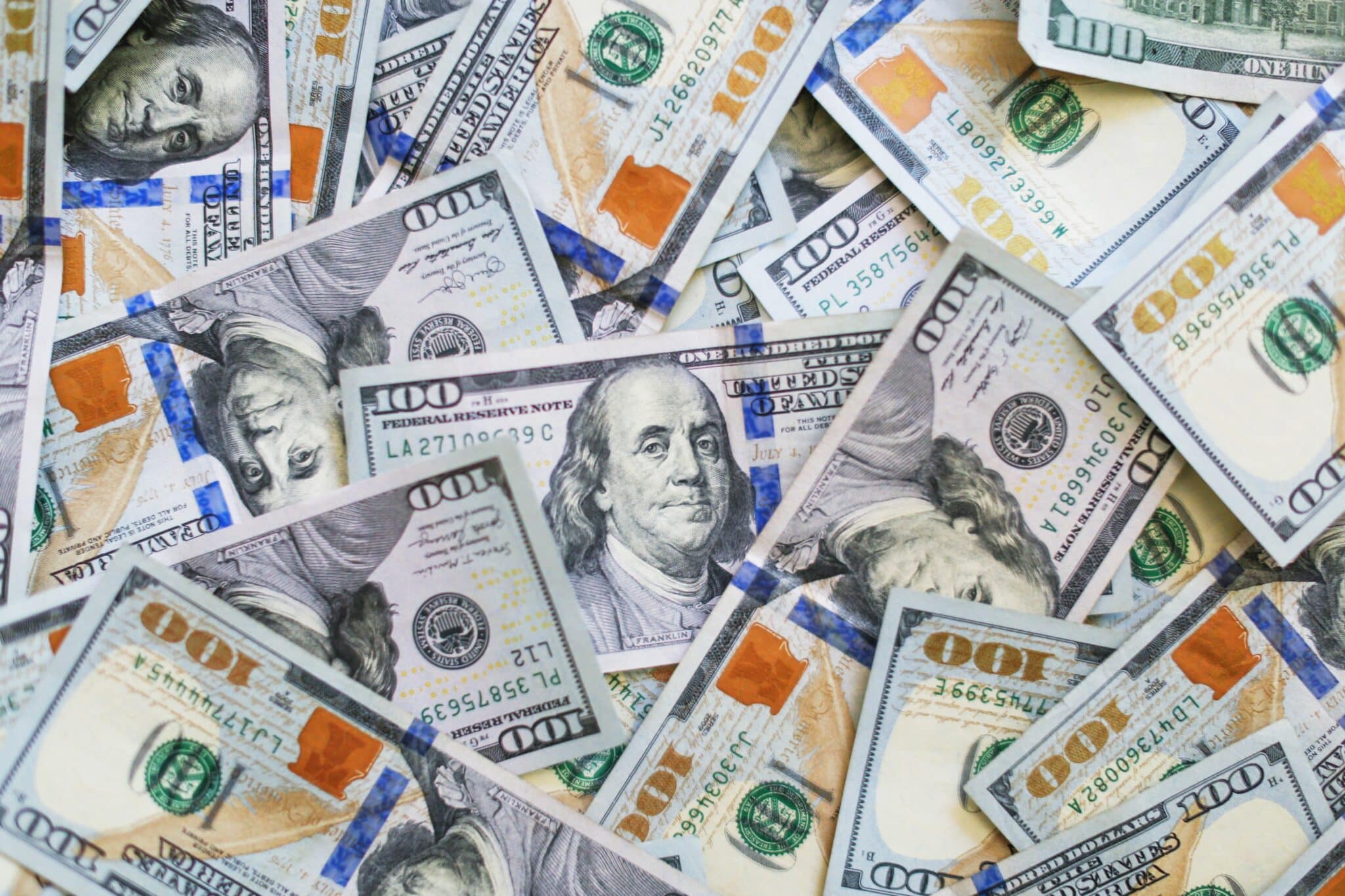
- Forex
Dollar falls more than 2% in August
Do you want to know how to make money from this?
Register for free and get expert advice, access to a training course and webinars.
Key points:
- The US dollar has been on a steady downward trend against other major currencies throughout the year.
- The Japanese yen has strengthened sharply after a long period of weakness.
- The pound sterling has gained significantly after reaching historic lows.
August was marked by a significant weakening of the US dollar against other leading world currencies. The decline exceeded 2%, which was the maximum for the current year. This event brought significant relief to economies that had been negatively affected by the strengthening of the American currency for a long time.
The observed downward trend in the dollar corresponds to previously expressed forecasts and is explained by growing expectations regarding the imminent reduction of key interest rates by the US Federal Reserve. Such a decision is expected to be made against the backdrop of a slowdown in economic growth in the United States.
Sharp fall and strengthening of the Japanese yen
In July, expectations of intervention by the Japanese authorities to support the yen, which had reached a 38-year low against the US dollar, grew in financial markets. This situation caused serious concern among Japanese policymakers and the Bank of Japan.
However, a sharp strengthening of the yen soon put an end to speculation about currency intervention. By mid-August, the dollar had fallen by about 10% against the yen, reaching about 146 yen per dollar. Several factors were behind the significant strengthening of the Japanese currency: the Bank of Japan’s interest rate hike, the expected easing of the US Federal Reserve’s monetary policy, and a change in market sentiment regarding the so-called “carry trades”.
“We don’t expect a repeat of the previous corrections, when we saw a recovery in US interest rates. A fundamental change is underway, and the dollar/yen exchange rate is showing a downward trend,” said Derek Halpenny, head of global markets research for EMEA at MUFG.
Yuan at highest since last year
Earlier this year, China took steps to curb the excessive weakening of its national currency, the yuan, against the US dollar. One of the main reasons for this policy was the fear of a significant outflow of capital from the country.
However, the situation has now changed. The yuan has reached its highest values since June 2023, which has caused concerns among Chinese authorities about the potential negative consequences of further strengthening of the national currency.
The rise in the yuan is largely due to the weakening of the US dollar against the backdrop of a difficult domestic economic situation in China. There is a possibility of continued strengthening of the yuan, especially if exporters actively sell their accumulated foreign exchange reserves.
“We expect that external factors will have a more significant impact on the yuan’s dynamics than domestic restrictions. As a result, we expect a gradual strengthening of the Chinese currency,” said Lynn Song, chief economist for Greater China at ING. According to his estimates, the dollar may reach 7 yuan by the end of the year, which implies a decline of about 1% compared to current levels.
Pound sterling shows strong dynamics
Two years ago, the pound sterling experienced an unprecedented fall, provoked, among other things, by political instability. At the same time, the euro reached parity with the US dollar, which significantly complicated the fight of central banks against inflation.
However, at present, the situation on the currency markets has undergone significant changes. The strengthening of the pound sterling and the euro allows the central banks of Great Britain and the Eurozone to approach monetary policy more flexibly. Thus, the Bank of England and the European Central Bank can consider the possibility of easing monetary conditions without risking a new surge in inflation.
The pound sterling and the euro have demonstrated the highest dynamics among the major world currencies this year. The pound sterling exchange rate exceeded the $1.30 mark, which is 25% higher than the historical minimum. The euro also strengthened, breaking the $1.10 level. This positive trend is explained by market expectations regarding a less aggressive reduction in interest rates by the European Central Bank and the Bank of England compared to the US Federal Reserve.
Do you want to know
How to make money from the news
Register for free and get:
- Expert consultation;
- Access to the training course;
- Opportunity to participate in webinars

